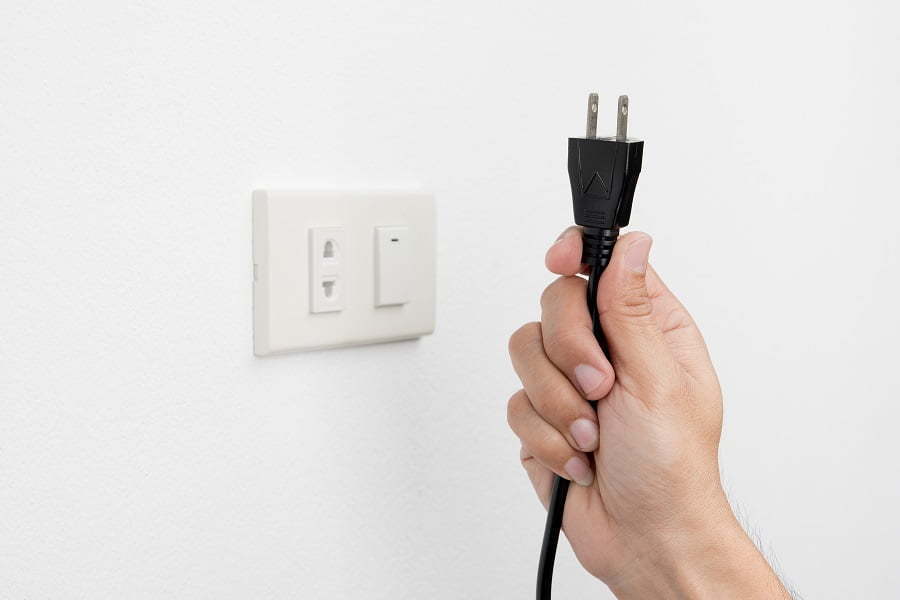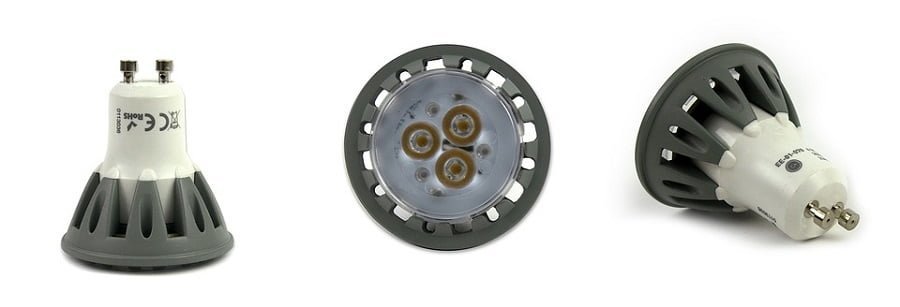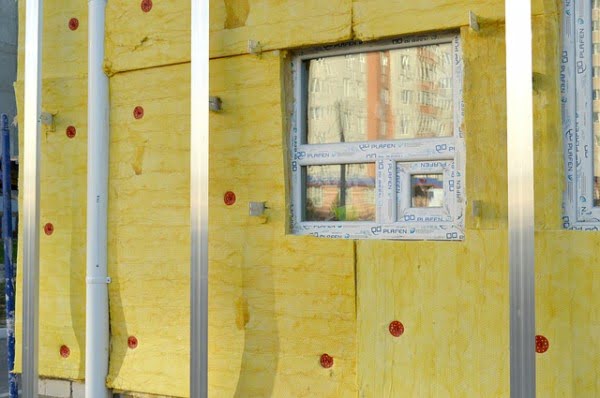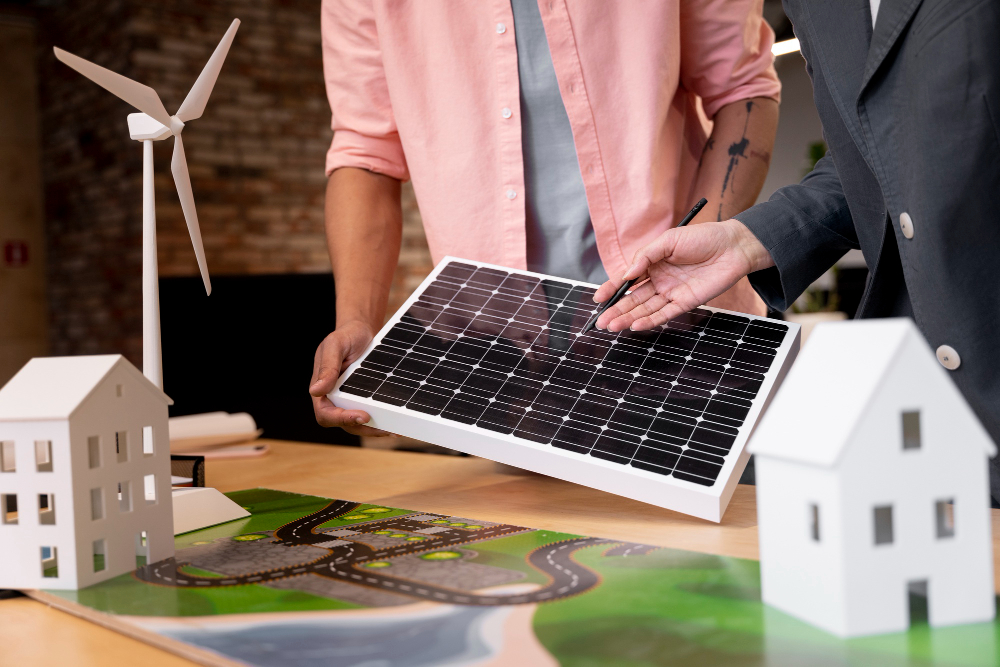Last updated on
Just by employing these 3 golden rules of energy-saving, you can significantly cut your bill. #2 is our favorite. Read on!
We all want to do our part when it comes to helping the environment. A great place to start doing this is in our homes. In fact, the New York Times’ list of ways to reduce your carbon footprint highlights how small changes to your home life can lessen the total greenhouse gas emissions that you are personally responsible for.
Now, one thing that stops people from doing this is the economic costs attached no living a more environmentally friendly lifestyle. However, there are ways to go about doing this without spending too much money. If you want to know more about this, read on for energy-saving tips that won’t break the bank!
Unplug Devices That Are Not in Use

One simple thing you can do to save energy is to unplug devices that aren’t in use. Treehugger’s article on the importance of unplugging appliances details how appliances and devices that are plugged in will bleed a little energy, which results in standby electricity loss. And while this may not seem like such a big deal, this amounts to around 44 million tons of carbon dioxide in the United States alone.
You can start saving energy by making it a habit of unplugging devices and appliances whenever you leave your home or if you will be out of town for a long time. Small adjustments like this can yield significant benefits for both your electricity bill and the environment.
Utilize Energy-Efficient Light Bulbs

The kind of bulbs you use at home also affects the amount of energy you consume. Using energy-efficient light bulbs is a great way to address this issue. At first, energy-efficient light bulbs might be more expensive. But in HomeServe’s guide to energy saving tips, it states that LED bulbs could save you around $48 on your electricity bill than if you stuck with old halogen light bulbs. With this small shift, you get to save much more in the long run. Plus, changing a lightbulb requires little effort.
Just check to see if your bulb has a bayonet mount or a screw fitting, as this will dictate how you replace it. When it is time to replace your light bulbs, be sure to dispose of them properly. If you need more information on this, check out our article on ‘How to Dispose of Light Bulbs the Right Way’.
Make Use of Proper Insulation

Lastly, heating can be a pretty significant chunk of your total energy costs especially during winter and the colder parts of the year. Now, you can’t just get rid of your heater as it’s pretty essential to most homes. However, what you can do is to ensure that you’re using your heater efficiently. Proper insulation can help you use your heating more resourcefully, as heat isn’t lost due to any air leaks in your home.
Installing weather stripping on your doors and windows can help make your home more insulated. Doing this will go a long way when it comes to reducing your total energy bill, as you won’t be wasting unnecessary energy on keeping a room warm.
Saving energy doesn’t mean spending large amounts of money. The tips above show that you can make a difference without breaking the bank.
Related reading:
Table of Contents





